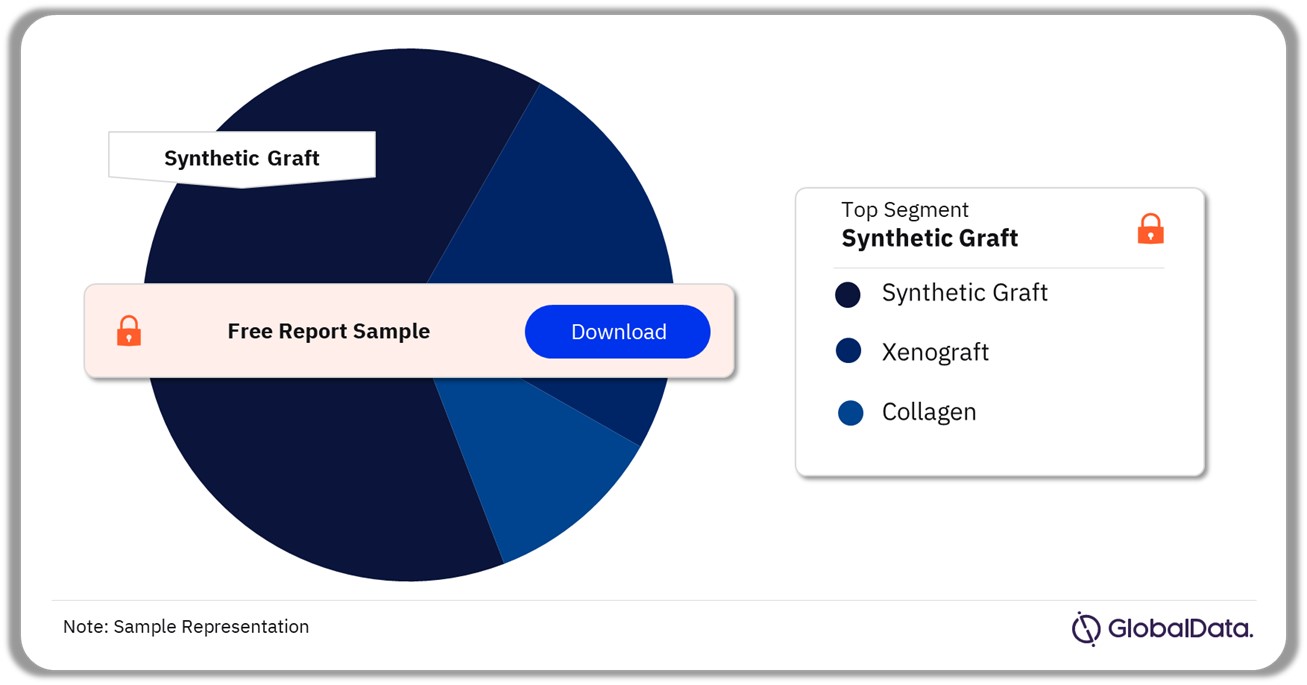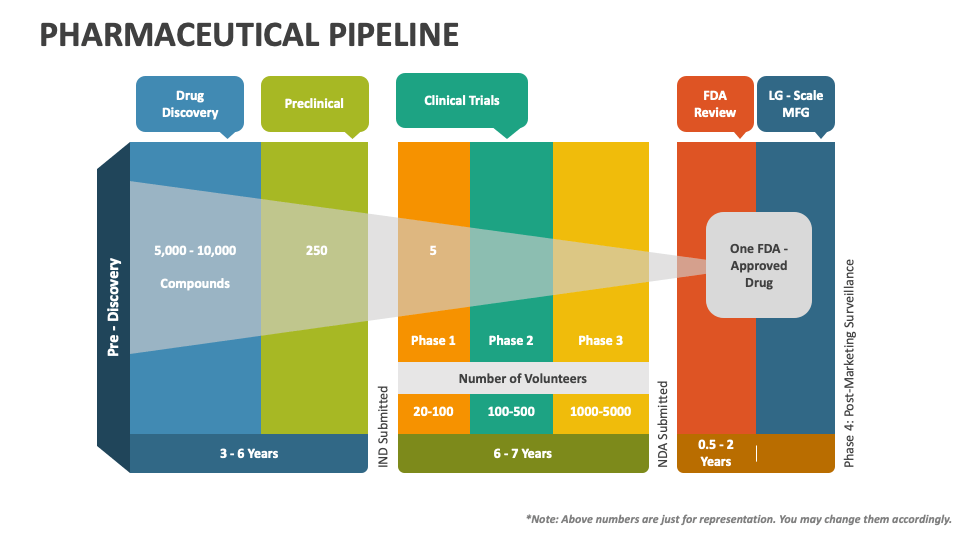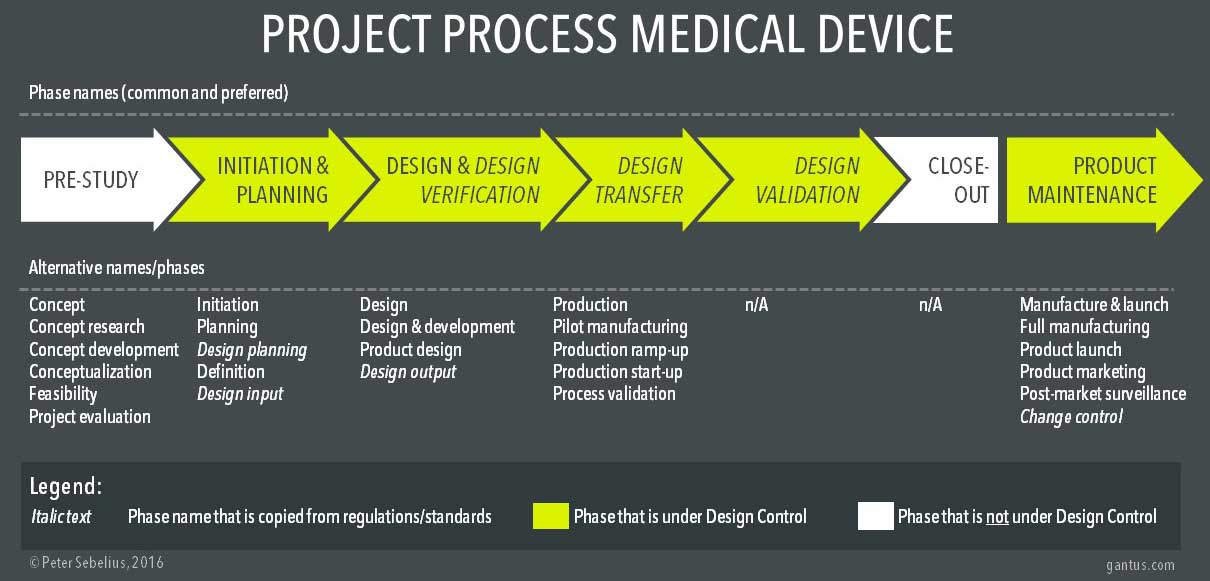Soft Tissue Biologics Medical Devices Pipeline Product Analysis

Imagine a world where damaged ligaments and tendons heal faster, where chronic wounds close with minimal scarring, and where reconstructive surgeries achieve unprecedented success. This isn't science fiction. It's the promise held within the burgeoning field of soft tissue biologics, a medical device revolution that's quietly but powerfully reshaping healthcare.
The soft tissue biologics medical device pipeline is experiencing a surge in innovation, promising less invasive procedures, faster recovery times, and improved patient outcomes. These devices leverage the body's own healing mechanisms to repair and regenerate damaged tissues, presenting a compelling alternative to traditional synthetic implants and surgical techniques.
Understanding Soft Tissue Biologics
Soft tissue biologics are medical devices derived from biological sources, designed to interact with the body's natural healing processes to repair or regenerate damaged tissues such as ligaments, tendons, skin, and cartilage. Unlike traditional implants made from synthetic materials, these biologics often incorporate living cells, growth factors, and extracellular matrices (ECMs) to promote tissue regeneration.
This approach represents a paradigm shift in medical device technology, moving away from simply replacing damaged tissue to actively stimulating the body's own regenerative capabilities. The result is often superior integration with surrounding tissues and a more natural healing process.
The Allure of Biologics
The appeal of soft tissue biologics lies in their ability to potentially overcome limitations associated with traditional treatments. Synthetic implants, while effective in many cases, can sometimes lead to inflammation, rejection, or long-term degradation. Biologics, on the other hand, are designed to be biocompatible and to integrate seamlessly with the body's own tissues, minimizing these risks.
Furthermore, biologics can accelerate the healing process, reducing recovery times and improving patient outcomes. The use of growth factors and ECMs can stimulate cell proliferation, angiogenesis (the formation of new blood vessels), and tissue remodeling, leading to more complete and functional repairs.
A Deep Dive into the Pipeline
The soft tissue biologics pipeline is characterized by a diverse range of products and approaches, targeting various applications and tissue types. Companies are developing innovative devices for: *sports medicine*, *wound care*, *plastic and reconstructive surgery*, and *orthopedics*.
Ligament and Tendon Repair
One of the most active areas in the soft tissue biologics pipeline is ligament and tendon repair. Traditional treatments for ligament and tendon injuries often involve surgical reconstruction using grafts taken from other parts of the patient's body (autografts) or from cadavers (allografts). However, these procedures can be invasive and may lead to complications such as donor site morbidity or disease transmission.
Biologic-based devices offer a less invasive alternative by providing a scaffold for tissue regeneration. These devices often incorporate collagen matrices, growth factors (such as platelet-rich plasma or PRP), or even stem cells to promote the growth and organization of new ligament or tendon tissue.
Wound Care Revolution
Chronic wounds, such as diabetic ulcers and pressure sores, pose a significant challenge to healthcare systems worldwide. These wounds are often resistant to conventional treatments and can lead to serious complications, including amputation.
Soft tissue biologics are revolutionizing wound care by providing a conducive environment for healing. Devices such as acellular dermal matrices (ADMs) and bioengineered skin substitutes contain collagen and other ECM components that promote cell migration, angiogenesis, and tissue regeneration.
Reconstructive Surgery Advancements
In plastic and reconstructive surgery, soft tissue biologics are being used to improve the outcomes of procedures such as breast reconstruction, facial reconstruction, and scar revision. ADMs can provide support and coverage for implants, while growth factors can stimulate tissue regeneration and improve the appearance of scars.
These advancements are allowing surgeons to achieve more natural-looking results and to minimize the risk of complications. Furthermore, biologics can be used to treat difficult-to-heal wounds and to restore function in patients with tissue loss.
Orthopedic Applications
Beyond ligament and tendon repair, soft tissue biologics are finding increasing use in other orthopedic applications, such as cartilage repair and bone regeneration. Devices containing chondrocytes (cartilage cells) or bone marrow aspirate concentrate (BMAC) can be implanted into damaged joints to promote the growth of new cartilage or bone tissue.
This approach has the potential to delay or even prevent the need for joint replacement surgery in some patients. The area of osteoarthritis, a leading cause of disability, is seeing significant innovation through biologics.
Key Players and Market Dynamics
The soft tissue biologics market is characterized by a mix of established medical device companies and innovative startups. Johnson & Johnson, Medtronic, and Smith & Nephew are among the major players investing in this area, while companies like Organogenesis and MiMedx are focused specifically on developing and commercializing biologic-based devices.
The market is driven by factors such as the aging population, the increasing prevalence of chronic diseases, and the growing demand for minimally invasive procedures. Technological advancements, such as the development of new growth factors and ECMs, are also fueling the growth of the market.
Regulatory pathways for soft tissue biologics can be complex, often requiring extensive preclinical and clinical testing to demonstrate safety and efficacy. The FDA plays a crucial role in regulating these devices and ensuring that they meet the required standards.
Challenges and Opportunities
Despite the tremendous promise of soft tissue biologics, several challenges remain. One major hurdle is the cost of these devices, which can be significantly higher than traditional implants. Making these technologies more accessible to a wider range of patients is crucial.
Another challenge is the complexity of manufacturing and quality control. Biologics are derived from living sources and require stringent processes to ensure purity, potency, and safety. Ensuring reproducibility and scalability of production is a key consideration for manufacturers.
However, the opportunities in this field are vast. As research continues to advance our understanding of tissue regeneration, and as manufacturing processes become more efficient, soft tissue biologics have the potential to transform the treatment of a wide range of medical conditions. The use of artificial intelligence and machine learning to optimize device design and manufacturing processes is also a promising area of research.
A Glimpse into the Future
The future of soft tissue biologics is bright. We can expect to see further advancements in device design, manufacturing, and clinical applications. The development of personalized biologics, tailored to the individual patient's needs, is also a possibility.
Imagine a world where surgeons can use 3D bioprinting to create custom-made implants that perfectly match the patient's anatomy. Or where gene therapy is used to enhance the regenerative capabilities of biologics.
The journey towards realizing the full potential of soft tissue biologics is ongoing. But the progress made so far is truly remarkable, offering hope for improved treatments and a better quality of life for millions of patients worldwide. This field reminds us of the incredible power of the human body to heal itself, and the potential of medical innovation to unlock that power for the benefit of all.


















